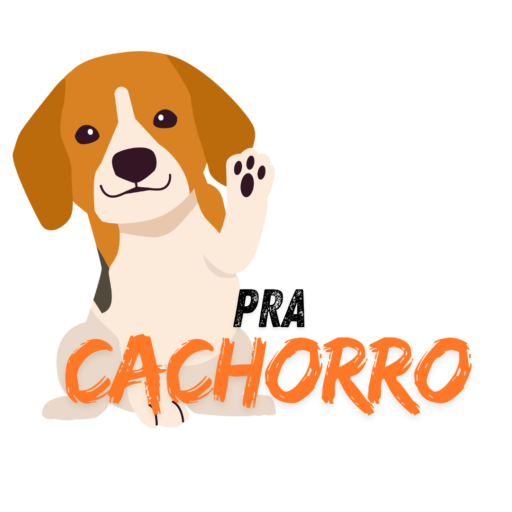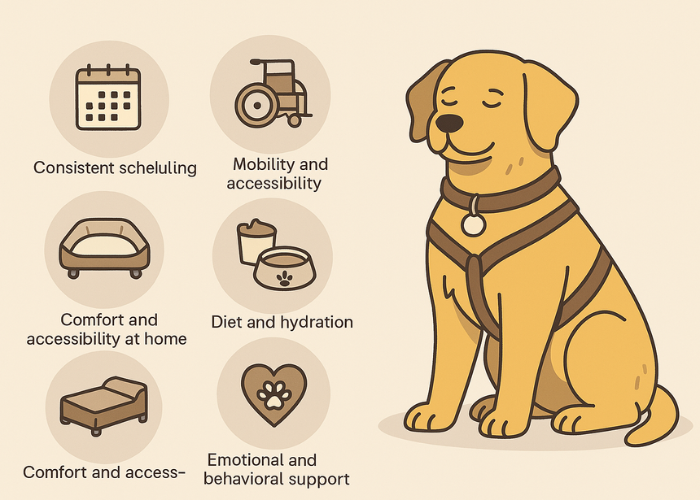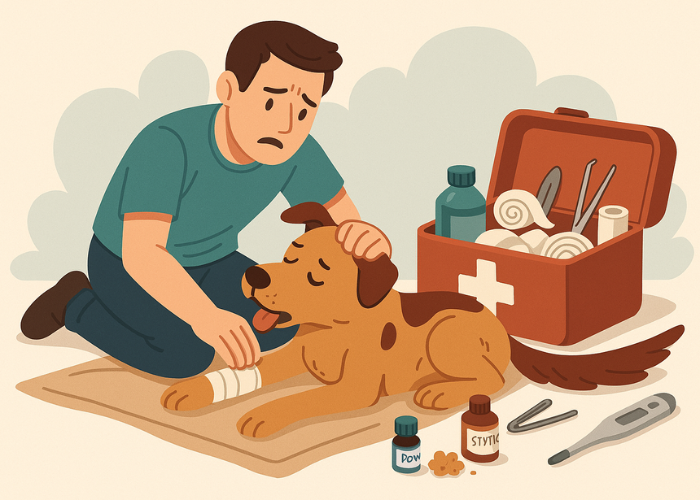Helping Your Adult Dog Build Confidence Around Other Pets
Does your dog bark, growl, or freeze when another animal gets too close? You’re not alone. Many adult dogs struggle with social interaction — especially if they missed early socialization. But here’s the good news: it’s never too late to help.
In this guide, you’ll learn how to introduce your dog to other animals in a safe, step-by-step way, avoid common mistakes, and build harmony at home — no matter how reactive your pup may be.
🐶 Why Socialization Matters for Adult Dogs
Dog socialization isn’t just for puppies. Adult dogs need it too — sometimes even more. A properly socialized dog:
- Reacts calmly to other animals
- Feels confident in new environments
- Builds stronger bonds with humans and pets
- Is less likely to show aggression or fear
If your dog has trouble with others, don’t stress. What matters is how you handle their social experiences from now on.
✅ Step-by-Step Guide: Introducing Your Dog to Other Animals
Here’s a simple and safe roadmap to guide your dog through their first introductions:
1. Start in a neutral location
Avoid home turf to reduce territorial reactions. Choose a quiet park or controlled outdoor space.
2. Keep both animals on-leash
Use standard leashes, not retractables, and keep them loose to avoid tension signals.
3. Watch body language carefully
Look for wagging tails, relaxed posture, or sniffing. Step back if you see growling, raised hackles, or freezing.
4. Begin with short, positive sessions
Just a few minutes is enough at first. Always end on a good note and reward calm behavior.
5. Try parallel walks
Walking side by side at a safe distance helps dogs get used to each other’s presence with minimal pressure.
6. Only allow off-leash time when both are ready
This should happen in a secure, fenced area after multiple successful interactions.
🐾 Signs Your Dog Feels Stressed (and When to Step Back)
Even calm dogs can become overwhelmed. Watch for:
- Tucked tail
- Lip licking or yawning
- Intense staring
- Freezing or stiff body
- Sudden barking or lunging
If you see these signs, end the session calmly and try again another day. Forcing it won’t help — patience will.
❌ Common Mistakes to Avoid
When socializing your dog, avoid these pitfalls:
- Pushing introductions too fast
- Punishing nervous or reactive behavior
- Ignoring warning signs
- Using tight leashes that increase anxiety
- Assuming all dogs “just need to work it out”
Every positive experience builds your dog’s confidence. Every negative one sets you back.
🐱 What About Other Pets?
Socialization doesn’t stop with dogs! Here’s how to introduce your pup to other species:
🐱 Cats:
- Start with scent swapping (bedding, toys)
- Use gates or crates for initial interactions
- Never let your dog chase, even playfully
🐰 Small Animals:
- Keep them in secure enclosures
- Always supervise, and never force contact
- Reward calm, gentle curiosity
🐦 Birds:
- Introduce only through cages
- Avoid allowing your dog to paw or lick the cage
- Keep interactions short and positive
🧰 Tools to Make It Easier
Consider these tools to support smoother dog socialization:
- Treat pouch – to reward good behavior instantly
- Clicker – for clear training communication
- Gates or pens – for controlled, no-pressure intros
- Interactive toys – to distract and soothe anxious dogs
- Muzzle (if needed) – always under guidance from a trainer
💬 Real-Life Story: Jasper’s Journey
Jasper, a 5-year-old rescue, used to bark at every dog he saw. After months of short, structured walks and gentle exposure, he now enjoys playdates and lives peacefully with a cat.
If Jasper can learn to be social — so can your dog.
🎯 Final Tips for Long-Term Success
Dog socialization is ongoing. Here’s how to keep progress going:
- Be consistent with rules and rewards
- Focus on calm, quiet repetition
- Don’t rush off-leash freedom
- Praise and reward more than you correct
- Ask for help when needed — professionals make a big difference
🐕 You’ve Got This!
Socializing your adult dog may take time, but the reward is worth it: a more relaxed, confident, and friendly pet.
Every calm sniff, quiet walk, or peaceful encounter is a step forward. With love and structure, your dog can learn to enjoy the company of other animals — and so can you.
Found this guide helpful? Share it with other dog lovers or save it for your next training session!
📩 Got questions or need help with dog behavior? Drop a comment or contact us — we love hearing from fellow pet parents.



